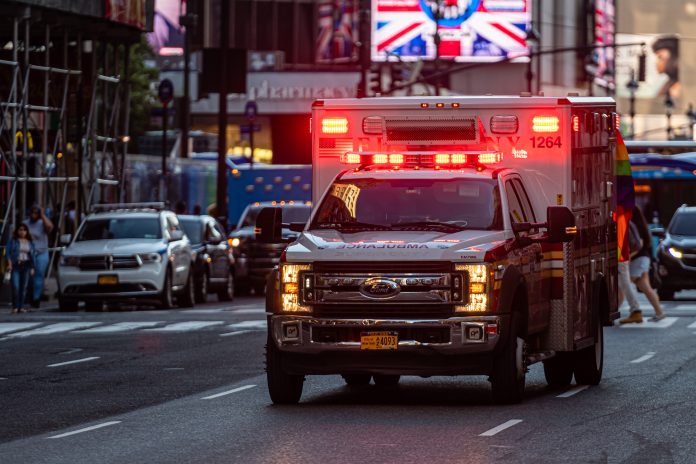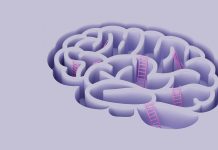The US is facing a fourth wave of COVID-19, as emergency healthcare workers across the country continue to face the virus and experience levels of burnout that can lead to PTSD
As the United States continues to rollout a vaccination programme, COVID mutations plague the states. These mutations are generally more resistant to vaccination than the original form of COVID-19. These mutations create a more infectious virus, as seen in the winter wave of hospitalisations and deaths in the UK via the B117 mutation.
In fact, the B117 mutation from the UK is spreading rapidly across the US. Right now, Michigan, Colorado, Minnesota, California, Tennessee and Georgia are documenting a significant amount of B117 cases.
The individuals who face the consequences of COVID daily are facing burnout.
When it comes to emergency healthcare professionals, their ability to work is based on adrenaline, knowledge and resilience. But COVID-19 created levels of death and hospitalisation that have been globally unprecedented, especially in the US. This meant less time off, more double-shifts, and more time immersed in the moments of action before a potential loss of life.
Which emergency workers are involved in this research?
UC San Francisco looked at emergency departments across the country.
The research was done between May and July 2020, using electronic surveys to document self-reported symptoms. Around 1,600 physicians, nurses, advanced practice providers, social workers and other personnel at 20 emergency departments took part.
‘Feelings of work-related anxiety, emotional exhaustion and burnout’
“As the nation moves into what many believe is a fourth wave of COVID, this study is important to our understanding of the impact of the pandemic on the mental well-being of frontline medical personnel,” said lead author Robert M Rodriguez, MD, a professor of Emergency Medicine at UCSF.
“We found that feelings of work-related anxiety, emotional exhaustion and burnout were prevalent across the full spectrum of emergency department staff. Early recognition of the signs of stress, burnout, anxiety is critical. Emergency department personnel serve as the initial hospital caregivers for the majority of critically ill patients with known or suspected COVID-19 infection.
“Protecting and maintaining the health of the emergency department workforce is imperative in the ongoing battle against COVID-19.”
What do emergency healthcare workers fear?
Infecting their family members or others in their community to COVID.
They also reported that they were worried about co-workers who had been diagnosed with COVID. Secondly, they were worried about patients with an unclear diagnosis – who may then go and expose others in their community to COVID, creating a new chain of transmission.
Availability of PPE was no longer a strong concern like it was at the beginning of the pandemic, in early 2020.
One fifth of Emergency Room staff at risk of PTSD
The team further reveal that one fifth of ER staff are at severe risk of post-traumatic stress disorder (PTSD). PTSD is often thought of as a Veteran’s mental health condition, but can occur for anybody in any traumatic scenario.
When it comes to healthcare workers, the shadow pandemic unfolding under the hospitalisations and deaths is the mental health of those who are dealing with them.
Some healthcare workers reported nightmares and insomnia.
Robert M Rodriguez further commented: “Considering the relatively high levels of burnout symptoms, and that more than half of participants reported experiencing at least one symptom of PTSD and as many as 20 percent were at higher risk, employers should encourage workers to take time off, get adequate rest and utilize available well-being resources.”











